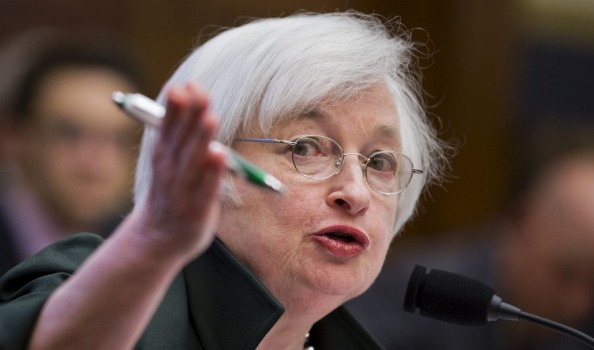The Fed Surprises Again—But with a Treat, Not a Trick
by Brad McMillan, CIO, Commonwealth Financial Network
 As I wrote on Monday, no one expected anything of substance from the Federal Reserve. But, once again, the Fed surprised us. The September meeting was a trick, when it chose not to raise rates. But the October meeting looks like it may end up being a treat. I don’t mean in a policy way (rates remained unchanged, as expected). Instead, the Fed has very explicitly ruled out economic risks to the extent that a rate increase for December—which most had written off—is back on the table.
As I wrote on Monday, no one expected anything of substance from the Federal Reserve. But, once again, the Fed surprised us. The September meeting was a trick, when it chose not to raise rates. But the October meeting looks like it may end up being a treat. I don’t mean in a policy way (rates remained unchanged, as expected). Instead, the Fed has very explicitly ruled out economic risks to the extent that a rate increase for December—which most had written off—is back on the table.
What’s the market reaction?
Market reactions were interesting and point to a potentially encouraging change. The initial reaction was negative, which was expected. With December back on the table, the prospect of higher rates in the short term means that if the market moves on interest rate expectations, as it has over the past several years, it should have declined. So far, so normal.
Then, something interesting happened. Rather than continuing to decline on the prospect of higher rates, the market moved up significantly. This is completely inconsistent with the interest rate model that has driven the market over the past several years.
What does it mean?
When the Fed raises rates, two things happen to stocks. First, the present value of the earnings, discounted by the interest rate, decreases as the interest rate rises. In a market dominated by interest rate factors, that is why a rate rise meant a market decline—and what was behind the initial reaction.
The second thing that interest rate increases can signal, however, is a faster-growing economy, which means faster sales growth and faster earnings growth. In a market trading on earnings, rather than on interest rates, interest rate increases up to a point should actually signal a better market—and increase prices.
A strong statement from the Fed
The actual Fed statement was modified in several ways from the previous month to suggest greater confidence in the economy. More to the point, the Fed made no mention of the recent run of weaker data, suggesting it’s not that concerned about it, and explicitly raised the possibility of raising rates at the next meeting. By issuing this statement, the Fed has clearly implied that it sees the recovery continuing at a reasonably strong rate. For a notably nervous institution, this is strong stuff. Investors looked at the mix of a rate rise (small and slow) and continued economic growth, and they decided they liked the idea a lot.
Supporting data for this theory includes the market’s recent rise on better-than-expected earnings, suggesting that earnings are becoming more important even in the face of interest rate increases. Also supporting this argument is the fact that early rate rises have, historically, been good for the market, up to a point.
A treat for investors
Although the Fed’s last surprise was more of a trick, and spooked the market, this one looks to be much more of a treat. By finally signaling that, in its judgment, the economy has reached a level at which interest rates can start to normalize, the Fed has alleviated some of the economic concerns that have been troubling investors.
A stronger and steadier economy and a shift of financial markets back to a fundamental basis, rather than one driven by monetary policy, are both very positive changes. It is one more step in the normalization of the postcrisis economy—and a very nice treat for investors.
Copyright © Commonwealth Financial Network
Commonwealth Financial Network is the nation’s largest privately held independent broker/dealer-RIA. This post originally appeared on Commonwealth Independent Advisor, the firm’s corporate blog.















